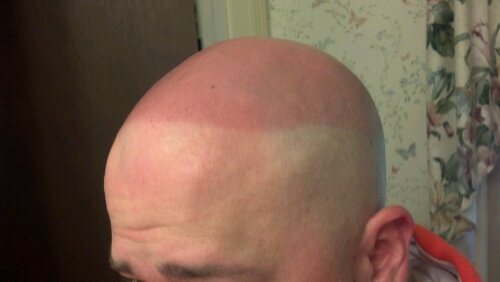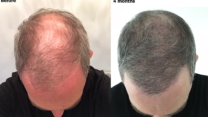
Are Hats Good or Bad for You?
Wearing hats is a common practice across the world—whether for fashion, protection, or tradition. But does it actually benefit your health, or can it lead to problems over time? Let’s break down the science and facts behind this everyday accessory.
✅ Benefits of Wearing Hats
☀️ 1. Sun Protection for Skin and Hair
One of the biggest advantages of wearing a hat—especially outdoors—is shielding your face, ears, neck, and scalp from harmful UV rays. A wide-brimmed hat can:
- Lower your risk of sunburn and skin cancer.
- Prevent hair color fading due to sun exposure.
- Keep your scalp from drying out or getting damaged under harsh sunlight.

🧠 2. Temperature Regulation
Your head plays a big role in regulating body temperature. A hat can:
- Keep you cooler in hot weather by creating shade and reducing direct sun exposure.
- Help retain body heat in winter, protecting against wind and cold.
👀 3. Comfort for Eyes
Caps or hats with visors help reduce glare, making them useful for outdoor sports or driving in bright light. This reduces eye strain and enhances visibility.
💇 4. Hair and Scalp Protection
Hats act as a barrier between your hair and environmental pollutants like dust, dirt, and smoke. For people who work or travel outdoors, this can keep hair cleaner for longer. Hats also protect freshly dyed or styled hair from weather damage.
🎭 5. Style & Cultural Identity
Beyond health, hats serve a big role in personal expression. From traditional headgear to modern baseball caps, hats are often a symbol of identity, faith, status, or style. They can also boost confidence by covering up a bad hair day or hair loss.
⚠️ Possible Disadvantages of Wearing Hats
🧴 1. Hair and Scalp Health Issues
Wearing tight, synthetic, or unwashed hats frequently may lead to:
- Scalp acne or folliculitis from clogged pores and sweat buildup.
- Hair breakage or traction alopecia, especially if the hat pulls on the hair or is worn tightly for long periods.
- Increased sweat can make the scalp a breeding ground for fungal or bacterial infections.

🌡️ 2. Heat and Sweat Problems
In hot and humid climates, hats made from thick or non-breathable materials can trap heat and moisture, leading to:
- Sweat rash or itchiness.
- Risk of dehydration if worn for too long without ventilation.
🧢 3. Hygiene Concerns
If you wear the same hat daily without cleaning it:
- Sweat, oil, and dust build up, making it unhygienic.
- This can cause bad odors, fungal growth, and infections.
- Shared hats increase the risk of lice or skin infections.
🧠 4. Physical Discomfort
Wearing hats that are too tight may cause:
- Pressure headaches or discomfort.
- Indentation marks on the skin.
- Interference with natural blood circulation on the scalp.

📝 Final Thoughts
Wearing hats can be both protective and stylish, but only when used mindfully. The key is to:
- Choose breathable, comfortable materials.
- Wear the right type of hat for the weather.
- Ensure a proper fit that doesn’t squeeze the head.
- Wash hats regularly, especially in humid conditions.
In short, hats are not harmful—but poor habits around them can be. Treat your hat like any other piece of personal wear: keep it clean, choose wisely, and your scalp and hair will thank you.














Leave a Reply